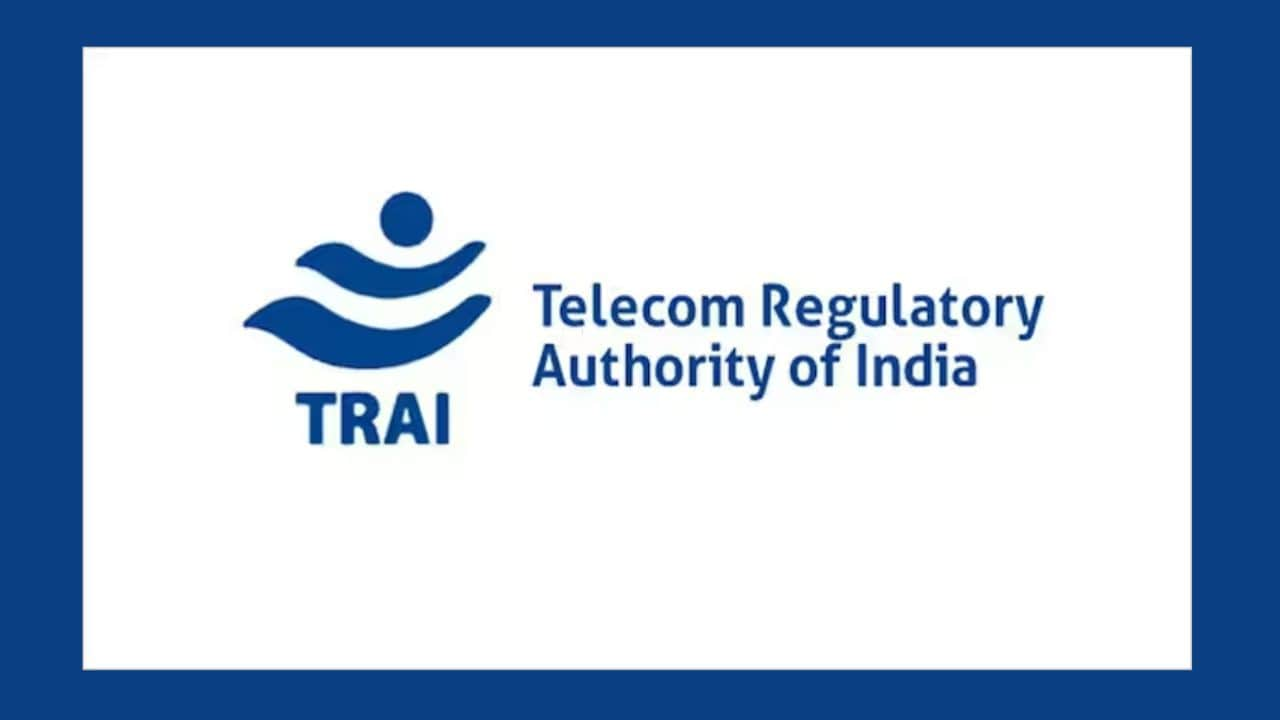The Telecom Regulatory Authority of India (TRAI) held an Open House Discussion (OHD) on Friday, engaging multiple stakeholders regarding the consultation paper for the regulatory framework for Ground-Based Broadcasters (GBBs). Stakeholders emphasized that GBBs should be treated on par with Satellite-Based Broadcasters (SBBs).
The consultation paper, released by TRAI on October 18, invited stakeholders to submit written comments until November 15 and counter-comments by November 29. Its scope was limited to developing a regulatory framework for ground-based broadcasting services, including the technologies to be permitted and any conditions or restrictions for providing their channels to Distribution Platform Operators (DPOs).
The paper defined broadcasters using satellite-based communication as SBBs and those employing terrestrial communication as GBBs. However, many stakeholders expressed concerns about the definition of terrestrial communication and urged TRAI to clarify the terms for GBBs in the consultation paper.
The consultation paper highlighted that GBBs could leverage advanced technologies like cloud-based platforms, broadband networks, and fiber technology to distribute content to DPOs efficiently. These platforms enable broadcasters to store, manage, and deliver content seamlessly via the Internet, offering flexibility and scalability in content distribution.
The News Broadcasters and Digital Association (NBDA) warned that while GBBs have the potential to diversify broadcasting, allowing them to operate without a well-defined regulatory structure could undermine competitive fairness. They noted that satellite broadcasters are already subject to stringent regulatory standards, including permissions, content guidelines, and operational transparency.
Anil Kumar Malhotra of ZEEL, representing NBDA, stressed the importance of consistent regulations across all broadcasting mediums. “Regulations should ensure that the content consumed on TV screens, regardless of the delivery medium—be it cloud or satellite—remains compliant with established guidelines to avoid misleading or inappropriate content,” he said.
Rajiv Khattar, an independent consultant, advocated for a unified definition of broadcasting that is technology-agnostic. He emphasized that future advancements, such as terrestrial technology, should be integrated into a single framework covering regulations, licensing, and operational guidelines.
Debashish Bhattacharya, Senior Deputy Director General of Broadband India Forum, argued for a common definition of broadcasting based on its function rather than its medium. “A broadcaster is defined by its act of communicating with the public, irrespective of whether the transmission medium is terrestrial or satellite,” he stated.
In contrast, the All India Digital Cable Federation (AIDCF) called for clear distinctions between GBBs and SBBs, asserting that their definitions should reflect their transmission mediums. AIDCF also raised concerns about OTT platforms like Yupp TV, Samsung TV Plus, and Tata Play, which provide live channels seemingly outside the scope of existing guidelines, effectively functioning as GBBs.
Manoj Chhangani, Secretary General of AIDCF, urged TRAI to include live channel distribution via OTT platforms in the GBB regulatory framework to ensure a level playing field with traditional Pay TV operators.
Rabindra Narayan, Managing Director of PTC Network, called for unified laws for all broadcasters to avoid complexities and ensure fair compliance. He also advocated for equal fee structures across all broadcasting platforms.
Bhattacharya of BIF proposed parity in regulatory fees between GBBs and SBBs, suggesting an annual fee of ₹7 lakhs for both. He also recommended relaxing net worth requirements to lower entry barriers for smaller players. Additionally, he proposed less stringent regulations for regional or state-level GBBs to encourage local content creators and entrepreneurs.
